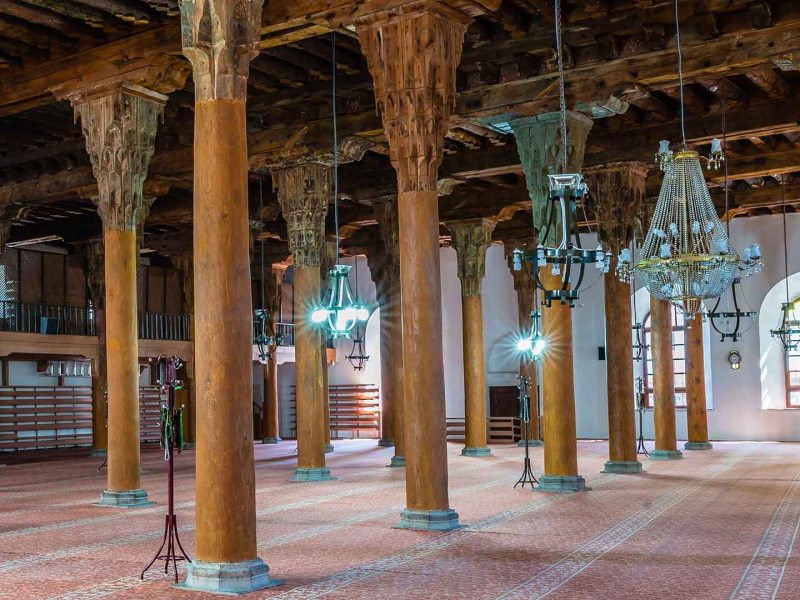Woodcarving, which is one of the most popular artistic branches of Turkish handicrafts, has been used in the construction of the mosques, and our architectural history has brought dazzling works. Among these are the wooden mosques built without nails, which we have seen in Turkey. Here is a compilation of some of those mosques, which were made in Seljuk and Ottoman times.
1. Oldest Wooden Mosque in Turkey without Nails: Göğceli Mosque, Samsun
Göğceli mosque, which is in the Çarşamba district of Samsun, has the title of the oldest wooden mosque in Turkey that has been built without nails. It is rumored that the scholars sent to the region after the Battle of Malazgirt made this old temple, where 300 people could pray at the same time. The mosque, which was built in approximately 1205-1206, has been standing for at least 8 centuries. The walls of the mosque were built on wooden blocks for earthquake resistance, and the corners were intertwined by a method called “wolf throat.” This beautiful work of art was repaired in 1335, and then it was restored in 2014 and saved from extinction.
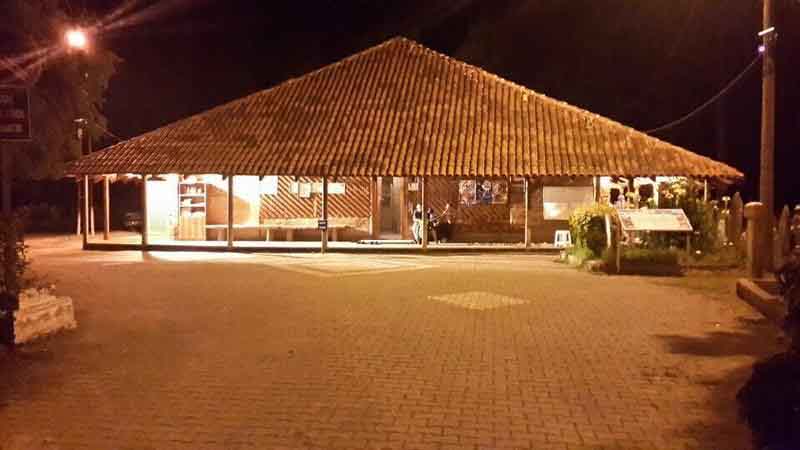
Göğceli Mosque, Samsun
2. The Heritage of Caucasian Immigrants to Anatolia: Elmalı Mosque, Bursa
Elmalı village is located in the town of İznik in Bursa, 25 kilometers away from the city center. Elmalı Mosque was built without nails, with the method of intertwining. Immigrants who came from Batumi and settled in İznik in 1864 built it in 1884. When a new mosque was built in 2004, this outstanding work was left to its fate for a while. It was restored after 10 years and opened to worship in 2014.
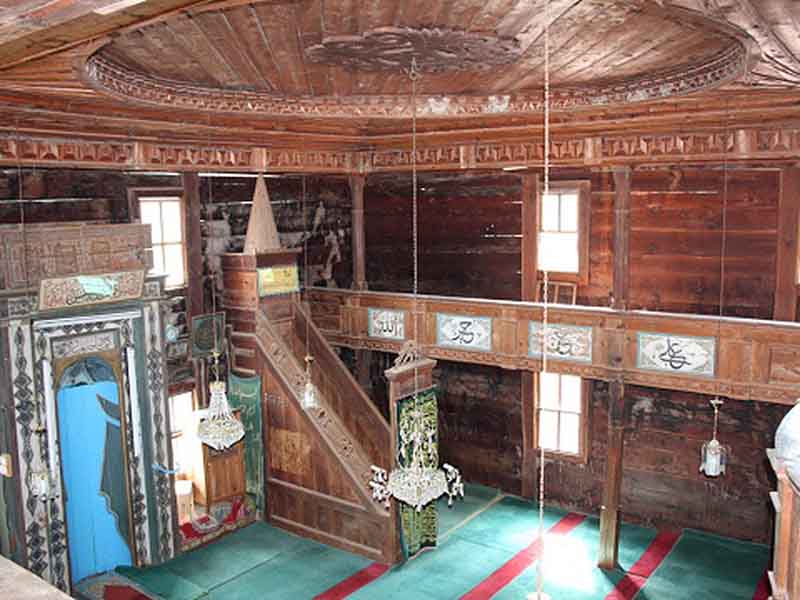
Elmalı Mosque, Bursa
3. Commemorative from the Ancient Times: Mahmut Bey Mosque, Kastamonu
Mahmut Bey Mosque, located in Kasaba village of Daday district of Kastamonu province, was constructed between 1336 and 1366. The mosque, which is the work of the Principalities Period, was built by Emir Mahmut Bey of the Candaroğlu period. Different from the other non-studded mosques, the exterior of the temple, which is a stone pavement, has a complete interior made of wood. The temple, bearing the signature of the Turkish and Armenian craftsmen, was built on 4 wooden columns, each of which is 8 meters, and was built with an overlay technique. The decoration of the plant motifs and geometric patterns that come to the forefront are as interesting as the decorations. The mosque does not have electrical installations due to fire hazards.

Mahmut Bey Mosque, Kastamonu
4. Mosque with Honeycombs: Bekdemir Mosque, Samsun
One of the most important artifacts in Samsun, which contains numerous non-studded wooden mosques within the province borders, is Bekdemir Mosque in Kavak district. Built by Lâdikli Hacı Abdurrahman in 1596, the artwork became famous for its honeycombs in the frontal section. People used to take weights of honey from these honeycombs. The oak tree is carved with an ax and is decorated with plant motifs and geometric patterns that are colored with root-stocks. The mosque, which was built on 4 stones one meter above the ground, has survived to the present day by being protected from floods.
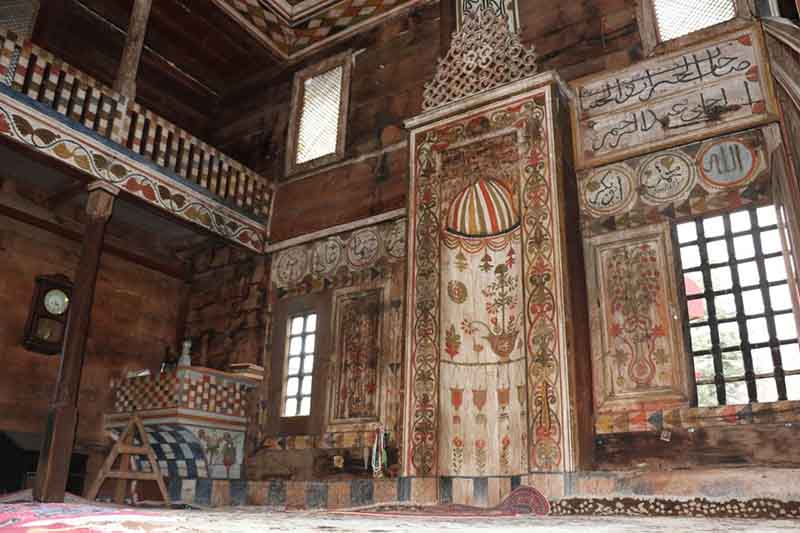
Bekdemir Mosque, Samsun
5. A Mosque with 40 Poles: Afyonkarahisar Grand Mosque
Afyonkarahisar Ulu Cami was built in 1272 by Sahipata Nusretiddun Hasan and was built with kündekâri technique. According to the rumor, in 1272, in the fire that occurred in the Çavuşbaşı quarter of Afyonkarahisar, the market called “Arasta” and the Hocabey Masjid inside were completely burned down. 40 poles were erected in the mosque to represent the 40 tradesmen in the bazaar. The poles are decorated with different stalactites (muqarnas) at the top. The ebony pulpit gate of the temple is older than itself since it is the gate of the burnt Hocabey Masjid. The architect of this mosque was Neccar Emir Hacı Bey.
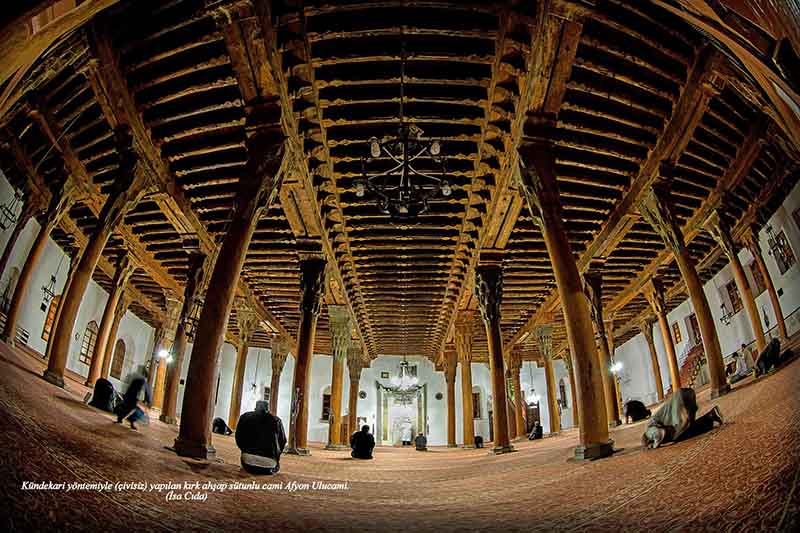
Afyonkarahisar Grand Mosque
6. Standing since Construction: Orhangazi Mosque, Düzce
Orhan Gazi Mosque in the Akçakoca district of Düzce was built in 1323 with notches in the logs. This work, which corresponds to the Orhan Gazi period, is at the graveyard in Çayağazı village. The mosque, built without any nails, is 8 meters wide and 12 meters high. It was restored in 2009 and is now open to worship.
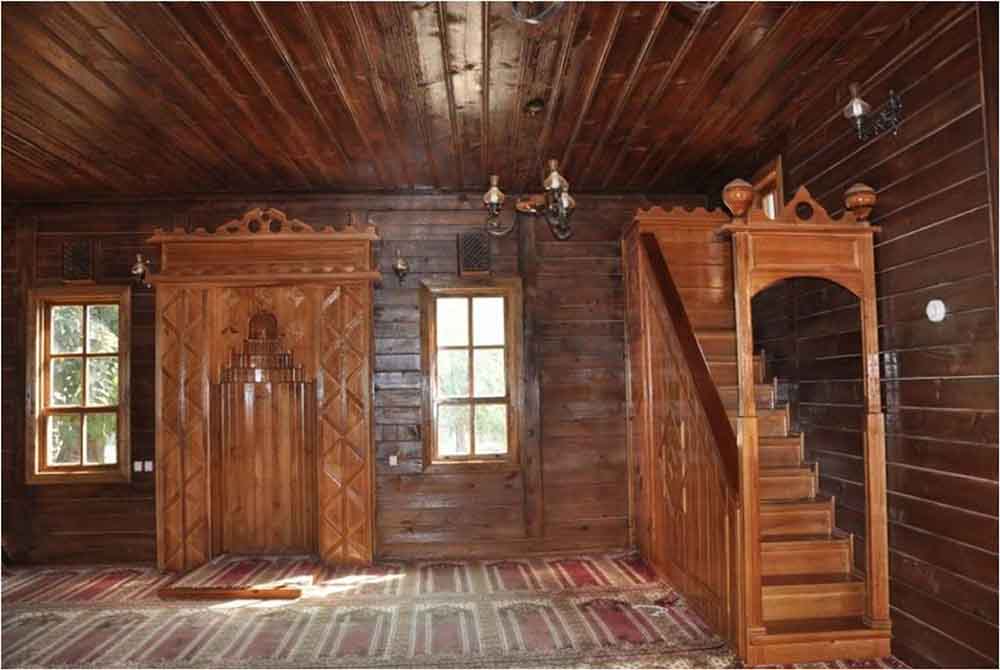
Orhangazi Mosque, Düzce
7. Long life with Valonia Oak: Laleli Mosque, Ordu
One of Turkey’s oldest wooden mosques, Laleli Camii, is in the İkizce district of Ordu. It is supposed to be built after the 1600s. The 2-storey mosque, which was placed on a 40-50 cm height stone, used valonia oak for the construction due to its strong nature. It can accommodate 400 people at the same time. It was built entirely from wood and without nails. The mosque, which was restored in 2012, is the center of attention of those who go to the region.
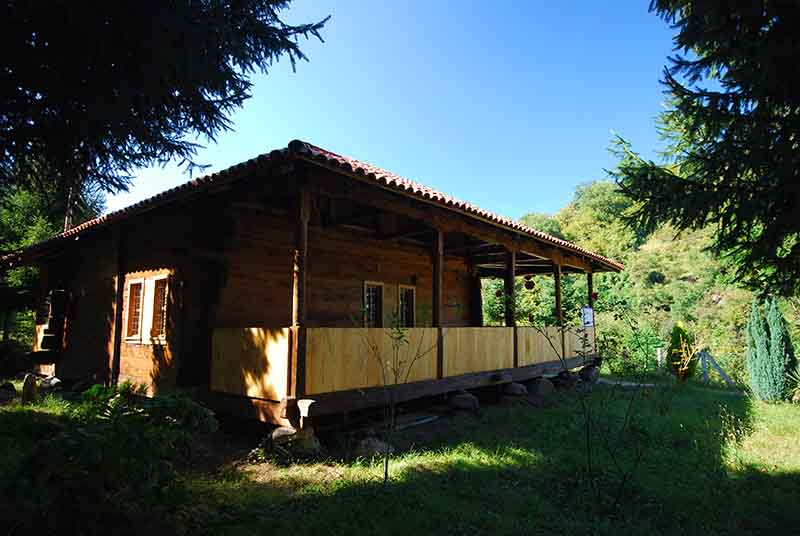
Laleli Mosque, Ordu
8. One of the Oldest: Eşrefoğlu Mosque, Konya
The mosque, built by Eşrefoğlu Emir Süleyman Bey in 1299, is located in Eşrefoğlu Quarter, 100 meters north of Beyşehir Lake in Konya. The structure of the mosque continues the Seljuk tradition in general. Tile mosaic mihrab and minber that is made of kündekâri technique are important decoration elements of the mosque. The most important feature of the mosque is the original wood. The wood surface and pen works are especially noteworthy. The harim section of the structure, extending in the north-south direction, is arranged with wooden poles to form 7 stalks perpendicular to the mihrab wall. There is a space in the middle of the ceiling, which is also called a lighthouse, which gives light to the interior as well as the snow, which is thought to provide the moisture needed by the wood component.
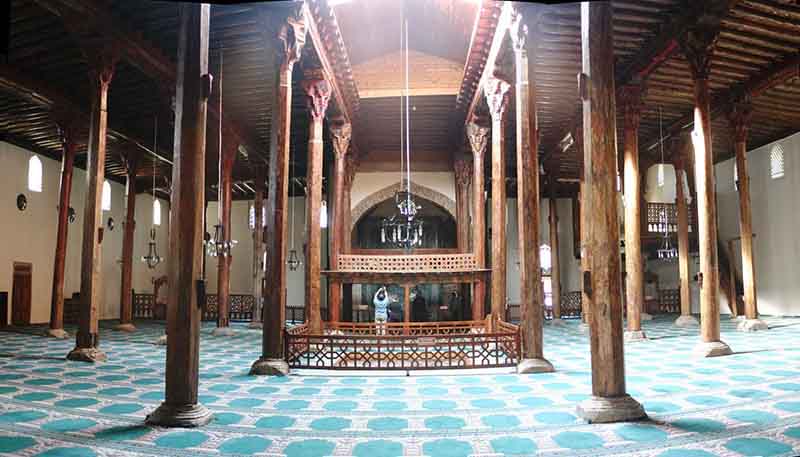
Eşrefoğlu Mosque in Konya is one of the oldest wooden mosques in Turkey.

